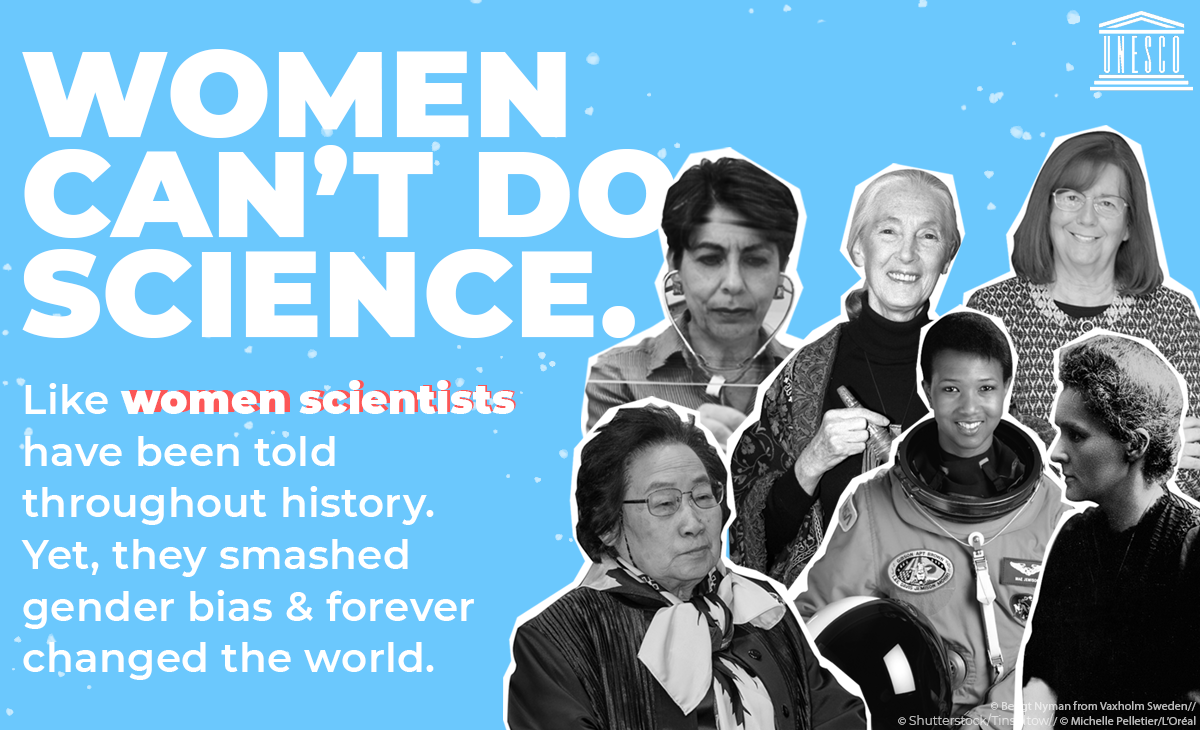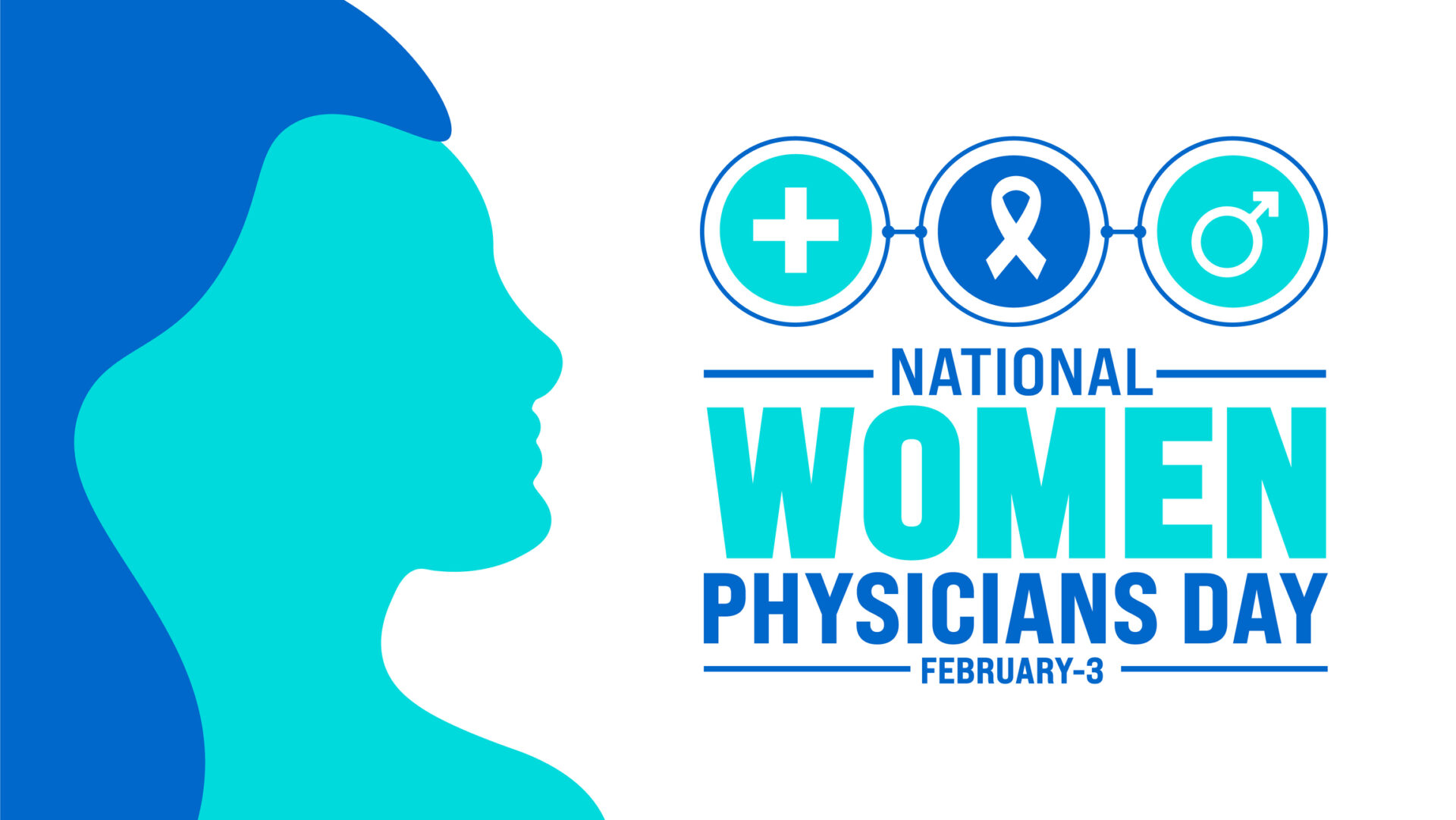Each year on Feb. 11, International Day of Women and Girls in Science is celebrated. 2020 marks the fifth annual celebration. This day was created to call attention to the low percentages of females in science, technology, engineering, and mathematics-related fields and the discrepancies faced by those who are considered a minority. Below we highlight the present gender makeup in STEM fields and organizations working to increase girls’ exposure in these areas.
Current State
According to the United Nations, only 1/3 of individuals in STEM fields are female. Women in STEM fields are routinely paid less than their male counterparts despite completing the same duties. One study suggests that women in STEM fields are also more likely to be subject to sexual harassment, isolation, and stereotyping based on their physical appearance.
The population of female professors in STEM fields the trends outlined above. Only 28% of tenure-track physicians in STEM fields are female. Like there STEM sisters elsewhere, these female physicians reported feeling isolated when it came to participating in scholarly conversation. For female stem students, it can be hard to find a professor that you can relate to and even look up to. Even for those who are already professionals in the field, female mentorship is hard to come by.
In many cases, working in the STEM field as a female can have negative psychological impacts in the form of depression, anxiety, and low self-esteem.
Areas of Interest
To change the everyday work experiences of women in STEM-related fields, there must be an increase in the percentage of women in these positions. Creating this change may be more difficult for some STEM fields than others.
Social sciences, like biology, agriculture, and environmental studies, are favored by females, with professionals in these areas being equal parts male and female. Engineering, Computer Science, and Math are a different story. In these fields, females make up only 15-25% of the workforce.
Inspiring Organizations
So how do we increase the number of women in areas like Engineering, Computer Science, and Math? This is the question that has inspired the founding of many organizations that are working to increase interest in STEM-related fields by enacting both governmental and education changes.
The United Nations Educational, Scientific, and Cultural Organization (UNESCO) built The STEM and Gender Advancement (SAGA) Project in 2015 to encourage policymakers to close gender gaps in science and technology-related fields. To make these changes, SAGA has implemented workshops to educate individuals on the importance of women in STEM.
One organization hoping to inspire girls to pursue an education and future in STEM by expanding educational experiences in these areas is the National Girls Collaborative Project (NCGP). Since its inception in 2004, NGCP has helped more than 37,000 girls gain exposure to the STEM field.
Youthful Leaders
Despite females being a minority in STEM, several young champions are being covered in the media today. The girls listed below are leaving a mark in science and inspiring others to do the same!
Greta Thunberg
This 17-year-old environmental activist from Sweden took the world by storm this past year as she traveled around the world to educate individuals on the importance of lowering our carbon footprints to decrease the rate of climate change.
Macinley Butson
At just 18, Macinley Butson has improved and saved the lives of many through the creation of SMART Armor, a wearable created to decrease a women’s exposure to radiation during Breast Cancer Treatments. Macinley was named NSW’s 2018 Young Australian of the year.
Pooja Chandrashekar
Harvard medical student, Pooja Chandrashekar, founded ProjectCSGIRLS, a competition for young girls to practice computer science skills.
Want to make your mark as women in STEM?
A clinical experience with AMO could elevate your medical education and allow you to do so.
Create an account to explore the opportunities today >







Leave A Comment